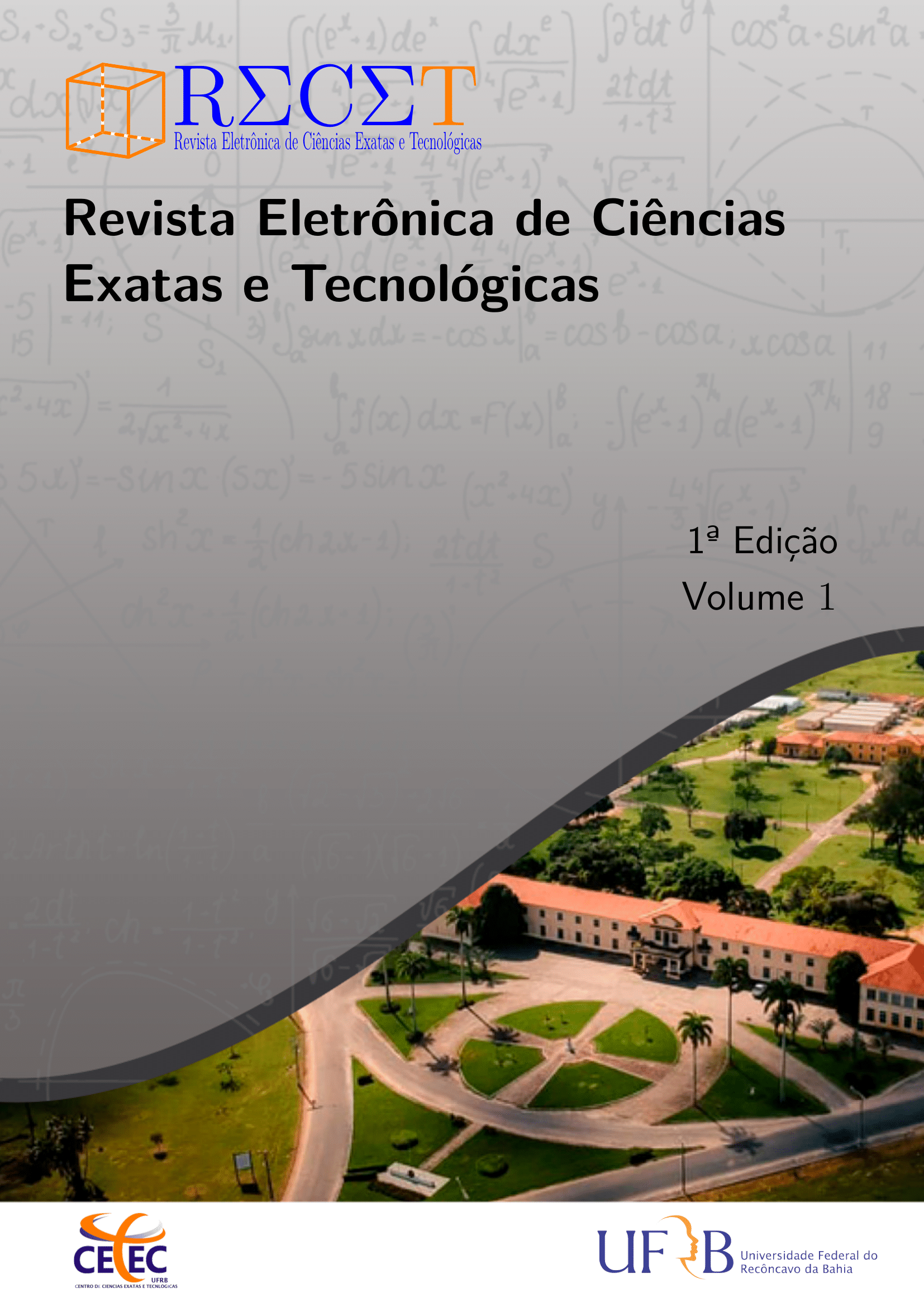Conservation status of building facades restored by the Monumenta program - Cachoeira-BA
Keywords:
Pathological Manifestations; Historic Buildings; Facade, Restoration, Maintenance.Abstract
The cultural heritage of a people is of utmost importance to both preserve their memory and strengthen their identity. Therefore, its preservation is paramount. The preservation of historical and cultural heritage is regulated in Brazil since 1937. Based on such regulation, the government can officially state that a given building, object, site, structure or place is a historic landmark. However, most historic landmarks - usually buildings - have faced countless difficulties to guarantee their preservation, especially those privately owned. The Monumenta Program was one of many initiatives from the government to facilitate the restoration and recovery of buildings located in historical cities, such as Cachoeira. Since such restoration and recovery works were undertaken some time ago, the purpose of this article is to assess the preservation status of the facades of restored buildings approached by the program. Visual inspections were performed on the facades of those buildings to identify any pathological manifestations, scoring them on a scale from 0 to 3 of intensity degree. The results have usually shown that these buildings are adequately preserved, only requiring preventive maintenance. It was noticeable that some minor interventions - such as painting - were made after the restoration was finished, showing that the owners were interested in preserving their property. However, one of the buildings was found in a state of advanced deterioration. Nonetheless, this study has demonstrated how important an incentive program such as Monumenta can be for the preservation of historic cities.
Downloads
Downloads
Published
How to Cite
Issue
Section
License
Copyright (c) 2020 Electronic Journal of Exact and Technological Sciences

This work is licensed under a Creative Commons Attribution-NonCommercial-NoDerivatives 4.0 International License.

RECET publications are licensed under Creative Commons (CC BY-NC-ND 4.0).
With this license, it is allowed to access, download (download), copy, print, share, reuse and distribute the articles as long as for non-commercial purposes and with the citation of the source, giving due credits of authorship and mention to the RECET Magazine.
By submitting articles to the RECET Magazine, the authors agree to make their texts legally available under this license. Commercial uses of material published in the magazine will only be allowed after written authorization from the magazine.





